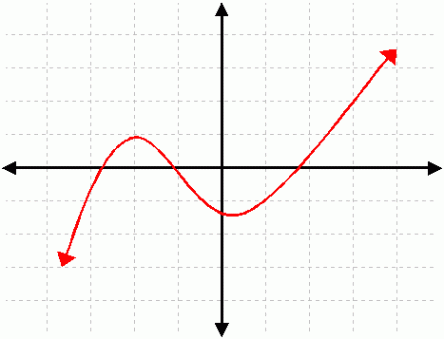All images in this blog post taken from Google.
In my previous blog post, I brought up the topic of smoothness. We saw that a function is not smooth if its derivative cannot be expressed by another continuous function. For example, the derivative of the absolute value function, |x|, we discussed in the last post was not continuous; and therefore, |x| isn’t smooth.
What if we can express the derivative of a function as a continuous function? Does this make the function smooth? To answer this question, let’s examine the function y = x|x|.
The derivative of this function can be expressed as a continuous function. In fact, it’s the absolute value function, 2|x|, which is continuous. However, when we try to find the second derivative (derivative of the derivative) of the function, we fail to derive a continuous function. (In fact, we’ve shown this result in the last blog post).
So, we’ve only found the first derivative. That means that our function, x|x|, has a smoothness of order 1. Mathematically, we say that it’s a class C1 function.
Let’s examine a similar function, x2. Let’s try to calculate its derivatives:
- f'(x) = 2x
- f”(x) = 2
- f”'(x) = 0
- f””(x) = 0
- …
We can differentiate this function indefinitely. Therefore, we say that the function belongs to the class C∞.
Now, here’s the question. Which of the functions we examined are smooth?
Well, the term “smooth” doesn’t have a rigorous definition. People use it in two ways:
- Meaning that the function is smooth enough for what they need to do with it,
- Meaning that the function is indefinitely smooth, belonging to the class C∞.
Therefore, it’s more correct to specify the degree of smoothness of a function, rather than simply saying that the function is smooth or not.
I hope that this post was informative as well as engaging. As always, if you have any ideas about future posts, or just to express your ideas or doubts, feel free to comment.
Till then!

